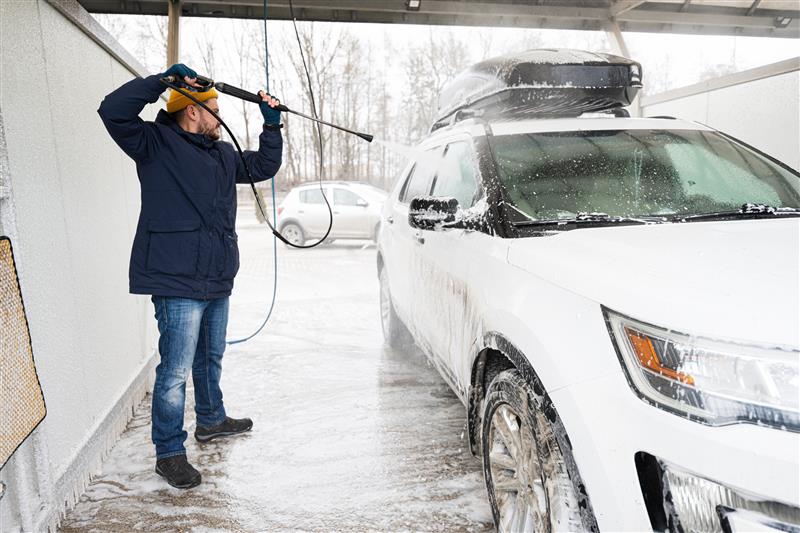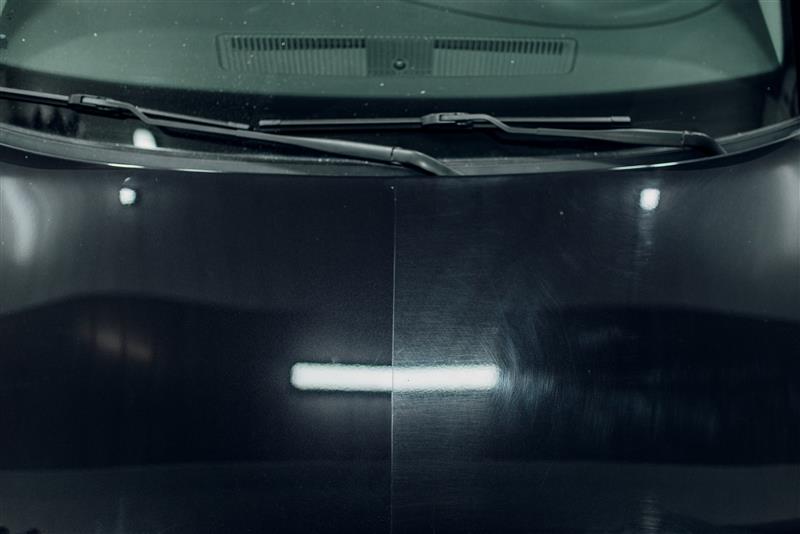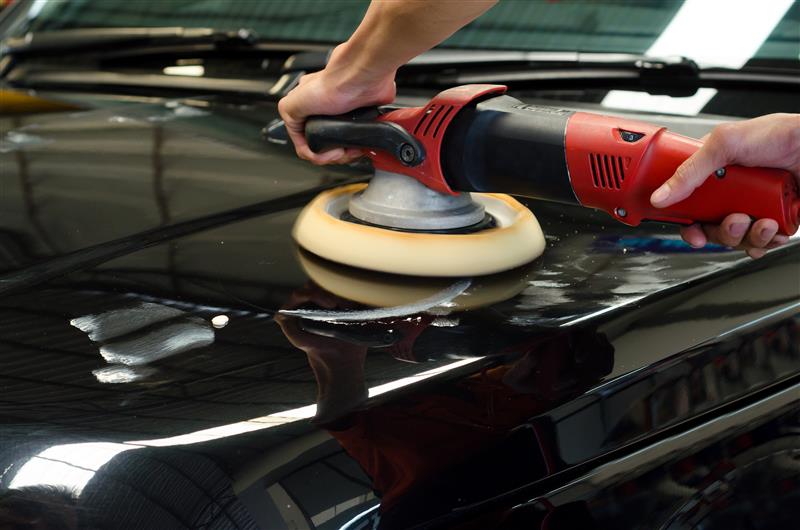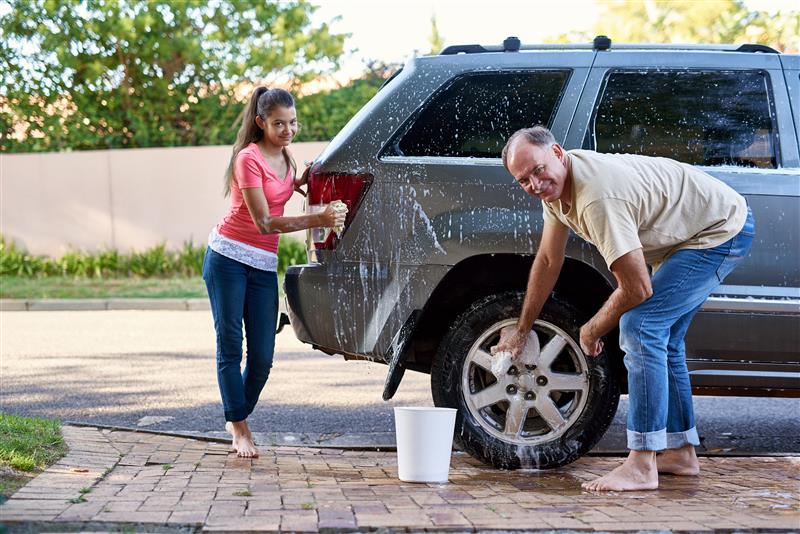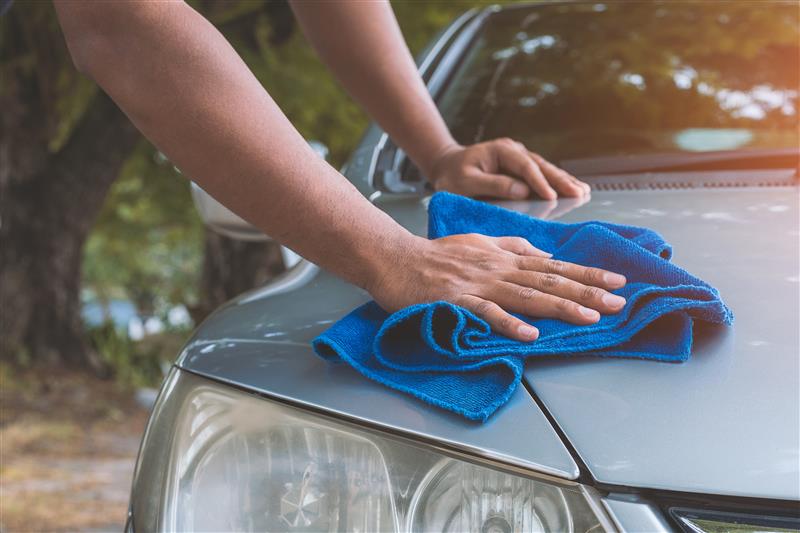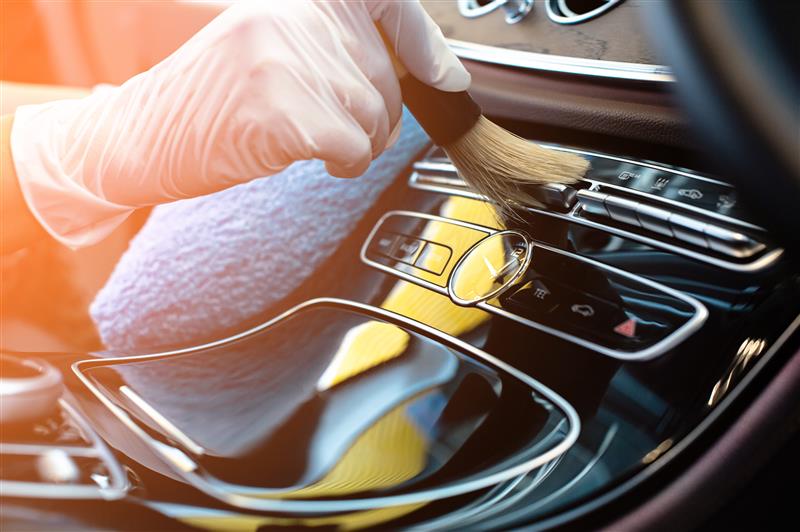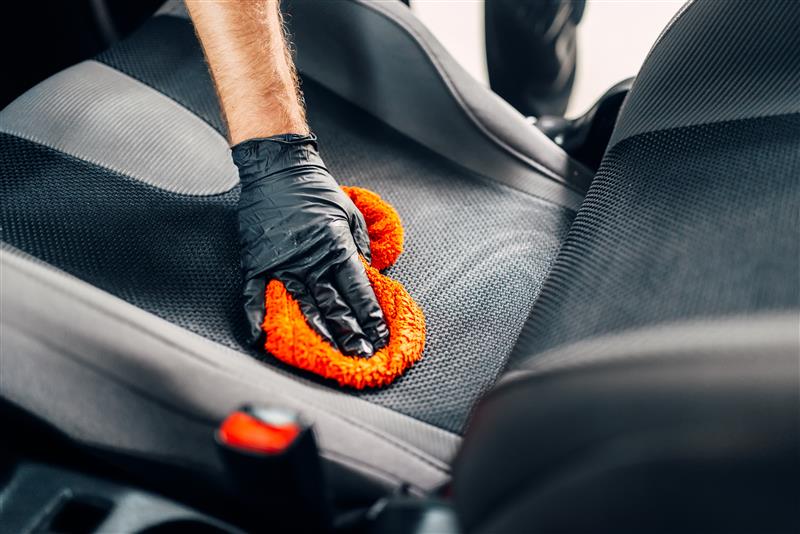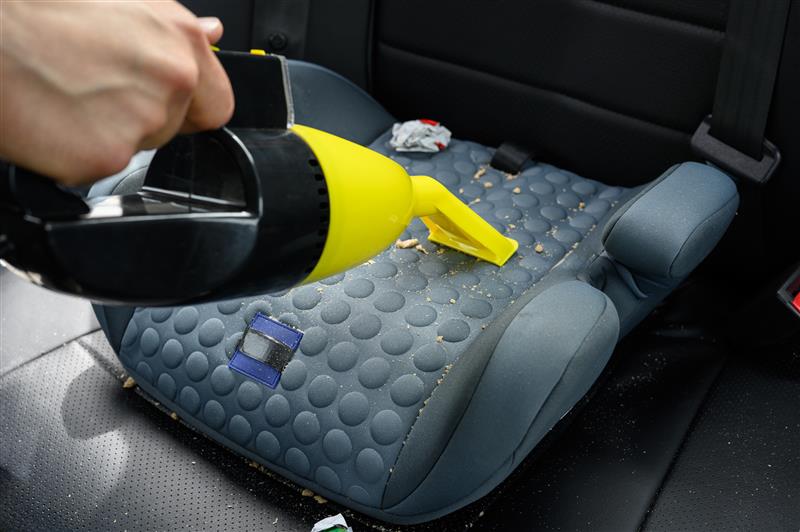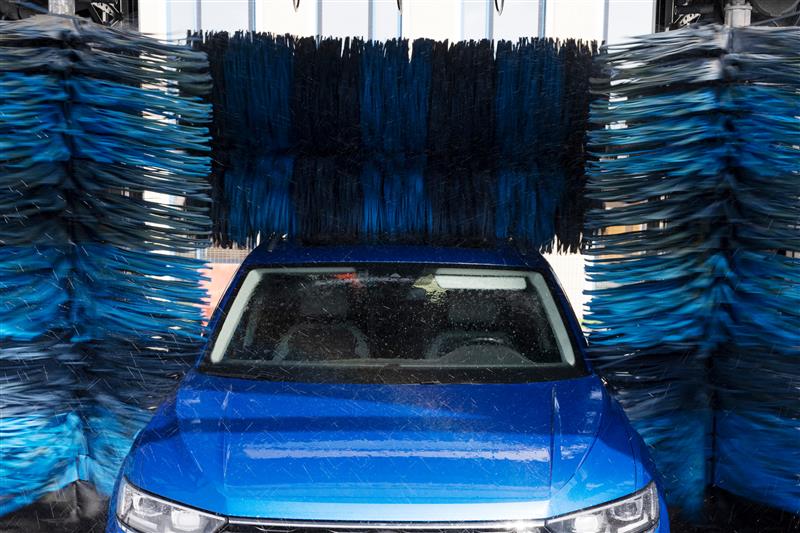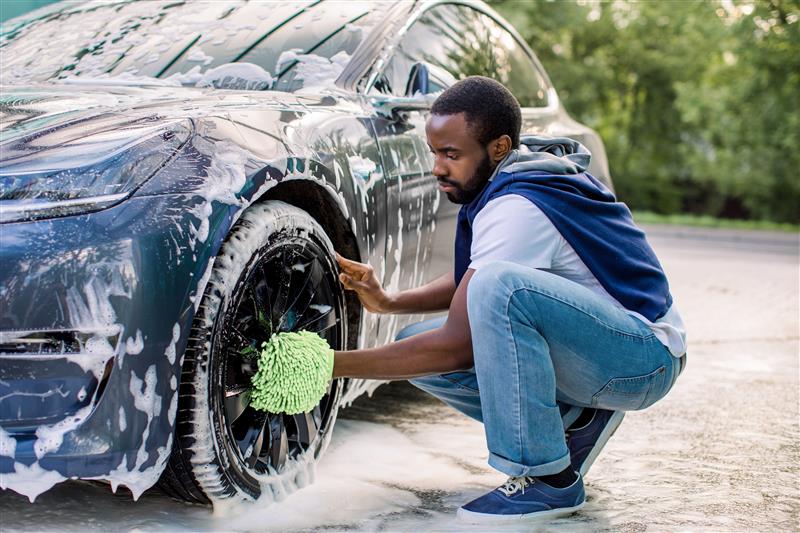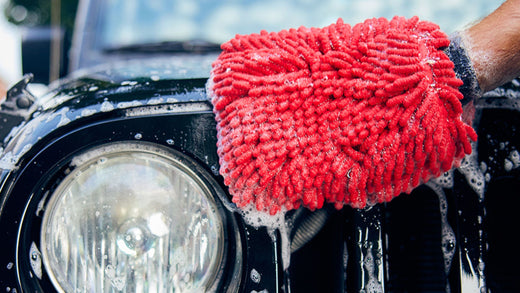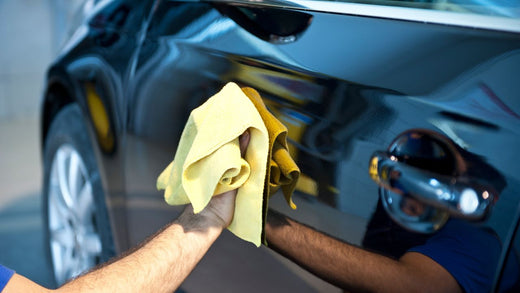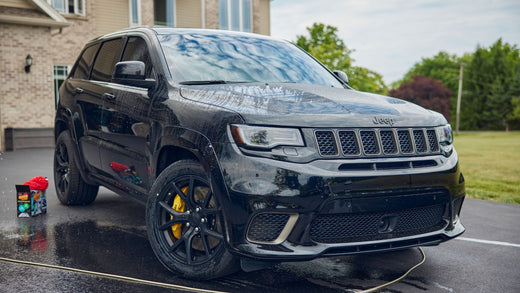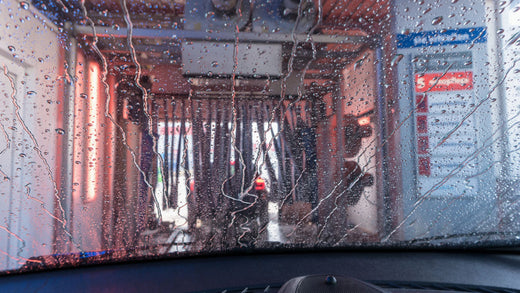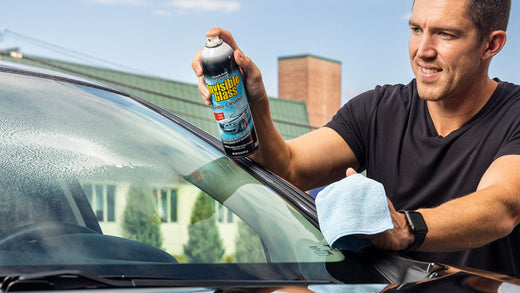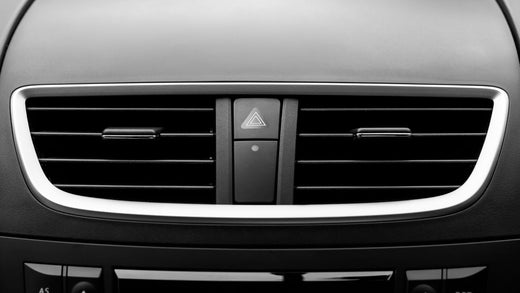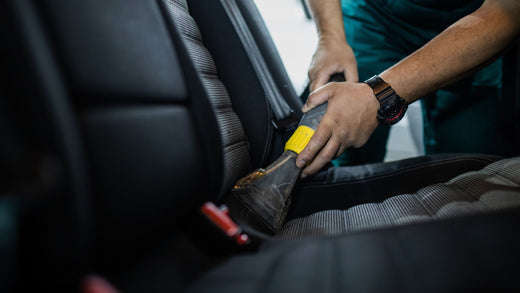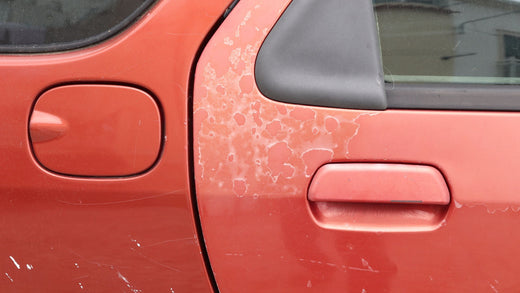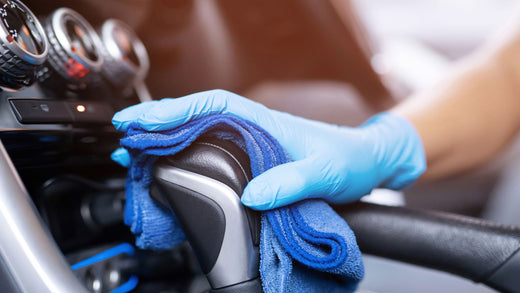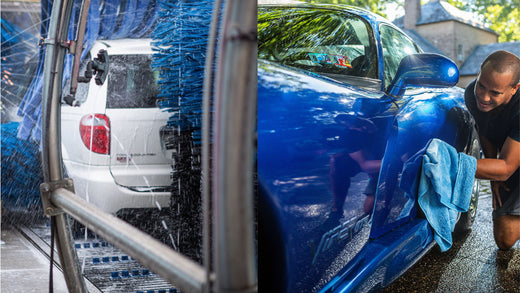Clear vision ahead with our holiday markdowns on Invisible Glass Ceramic Silicone Wiper Blades. Prices as marked.
Winter presents unique challenges for car care. If left untreated, road salt, grime, and slush can wreak havoc on your vehicle’s paint and undercarriage. Regular washing is critical to protect your car during these colder months, but what about when the temperatures dip below freezing? The good news is that it’s safe to wash your car in freezing conditions—with the proper precautions. Here’s what you need to know to navigate winter car washing effectively and keep your vehicle in top shape.
Why Washing Your Car in Winter Is Essential
Winter roads are treated with salt and de-icing chemicals to improve safety, but these substances can be harsh on your car’s exterior. Left unchecked, they can lead to significant damage, especially to the undercarriage and wheel wells, where build-up is most likely to occur. Skipping regular washes during winter can result in the following:
● Paint Damage: Salt and grime can eat away at your car's clear coat, leading to discoloration and dullness.
● Accelerated Rusting: Metal components, particularly in the undercarriage, are vulnerable to corrosion when exposed to moisture and road salts.
● Stubborn Grime Buildup: Dirt and salt residue can become more challenging to remove the longer it’s left untreated.
Regular winter washing keeps your car looking great and protects it from costly long-term damage caused by harsh seasonal conditions.
The Risks of Washing Your Car Below Freezing
Washing your car in subfreezing temperatures can be safe if you take precautions, but it does come with a few risks to consider:
| Risk | Potential Impact | How to Mitigate |
|---|---|---|
| ❅ Water Freezing on the Car | Water can freeze quickly on surfaces, forming icy patches on windows, locks, and doors. | Dry the car thoroughly, focusing on seals, locks, and edges. Use compressed air for tight spots. |
| ❅ Frozen Door Seals and Locks | Excess moisture can freeze, making opening or closing doors or locks difficult. | Apply a silicone spray to door seals and keyhole deicer to locks before washing. |
| ❅ Temperature Shocks to Paint | Sudden exposure to hot or icy water can stress the paint, especially in damaged areas. | Use lukewarm water instead of hot or freezing water to minimize temperature changes. |
These steps will help you safely wash your car during winter while reducing potential risks.
How to Safely Wash Your Car in Freezing Temperatures
Washing your vehicle in subfreezing temperatures is possible if you follow these key steps to reduce risks:
1. Choose the Right Time and Place
● Wash your car during the warmest part of the day, typically early afternoon. Even a slight temperature increase can help water evaporate more quickly.
● Opt for a temperature-controlled professional car wash, eliminating the risk of water freezing on your vehicle.
● If washing at home, choose a sheltered or shaded area to minimize wind chill.
2. Use Warm (Not Hot) Water
● Use lukewarm water to clean your car. It removes dirt and grime without risking cracking glass or stressing paint due to sudden temperature changes.
● Avoid hot water, which can create rapid temperature shifts that may damage your vehicle’s finish.
3. Focus on the Undercarriage
● The undercarriage is especially vulnerable to rust and corrosion from road salt and grime.
● To thoroughly rinse away salt buildup, use a high-pressure hose or choose a professional car wash with an undercarriage cleaning option.
4. Dry Your Car Thoroughly
● After washing, dry the car completely using a microfiber towel or chamois to prevent water from freezing on the surface.
● Pay extra attention to door jambs, locks, and seals—these areas are prone to freezing if moisture is left behind.
● Use compressed air to blow out trapped water in tight spots like keyholes and crevices.
5. Apply a Protective Wax or Sealant
● Add a wax or ceramic coating layer to shield your car’s paint from salt and grime. This barrier will also make cleaning easier in the future.
● Apply the wax before winter begins and consider reapplying mid-season if the protection starts to fade.
Following these steps, you can safely preserve your vehicle’s appearance and protect it from seasonal wear and tear.
Additional Tips for Winter Car Washing
Winter car washing requires more than just the basics to keep your vehicle in pristine condition. Beyond the essential steps, these extra precautions can make the process smoother, safer, and more effective during cold weather.
Pre-Rinse to Protect Your Paint
● Why it matters: Loose salt, dirt, and debris can act like sandpaper during washing.
● How to do it: Rinse the entire car thoroughly before scrubbing to minimize the risk of scratches.
Choose Cold-Weather Cleaning Products
● Why it matters: Not all soaps are designed for winter’s challenges; some may freeze or underperform.
● How to do it: Select car-specific cleaners that work efficiently at lower temperatures. Avoid generic household soaps that might leave residue or damage your paint.
Avoid Washing in Extreme Cold
● Why it matters: Temperatures below -10°F increase the likelihood of water freezing on your car.
● How to do it: Plan your wash for a day when temperatures are slightly warmer, and park the car in a sheltered spot if possible.
Opt for Touchless Car Washes
● Why it matters: Touchless systems clean thoroughly without risking scratches or abrasions caused by brushes or sponges.
● How to do it: Visit automatic car washes with heated bays and high-pressure rinses. These facilities are particularly effective for winter grime.
Bringing It All Together
Incorporating these additional steps ensures your car stays clean and protected during winter. Whether it’s a touchless car wash for convenience or a pre-rinse to prevent scratches, these tips make winter car care more manageable and effective. A little extra effort now can save you time and money on detailing (and repairs!) down the road.
Include Regular Winter Maintenance
Washing is just one part of caring for your car during winter. Pair it with routine maintenance to keep your vehicle in top shape:
● Check Your Tires: Ensure proper tread depth and tire pressure for safe winter driving.
● Inspect Your Wipers: Verify that windshield wipers are in good condition and replace them if needed.
● Top-Off Fluids: Use washer fluid formulated for freezing temperatures to prevent icy buildup on your windshield.
Winter Car Care Made Simple
Washing your car in cold temperatures is safe and essential for protecting it from the corrosive effects of road salt and grime. You can preserve your car's appearance and condition all winter by timing your washes wisely, following proper techniques, and ensuring thorough drying. With just a little extra care, your vehicle will come through the season looking clean, well-maintained, and ready for spring.

